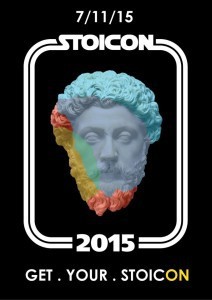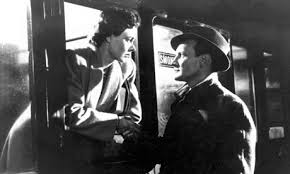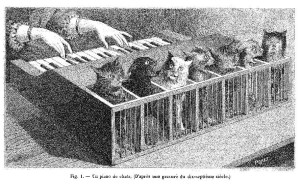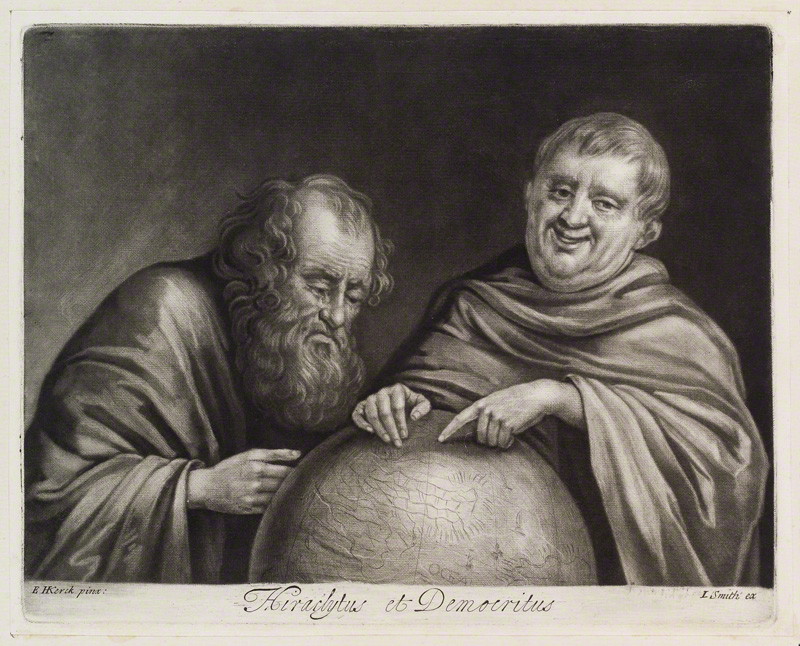
Tickets are now available for STOICON 2015, the third annual conference from the Stoicism Today team. This year we have an amazing lineup of speakers, some great practical workshops, and some new philosophies too, with talks on Aristotelian happiness, Orthodox Christian meditation, and Platonic ecstasy. This is a chance to learn more about the wisdom of ancient philosophy, while also meeting philosophy-enthusiasts from around the world.
The Schedule
9.30 – 9.40 – Welcome
9.40 – 10.00 Massimo Pigliucci : How I became a Stoic after a midlife crisis
Well-known skeptic philosopher Massimo Pigliucci will talk about his decision to become a Stoic earlier this year. Why did he ‘convert’, how does Stoicism relate to his atheism, and what does it practically mean to be a Stoic?
10.00 – 10.20 William Irvine: Stoic life-tests and how to pass them
William Irvine, author of The Good Life: The Ancient Art of Stoic Joy, will talk about how Stoicism can help all of us cope with the daily tests that life throws our way.
10.20 – 10.30 – Q&A
10.30 – 11.00 Bettany Hughes: The geniuses of the ancient world
Bettany Hughes, author of The Hemlock Cup and presenter of a recent BBC series on ancient philosophy, will discuss the similarities between Greek and Eastern philosophies, and the differences.
Break 11.00 – 11.30
11.30 – 11.45 Donald Robertson: Stoicism and CBT
Donald Robertson, therapist and author of The Philosophy of CBT, will look at how Stoicism inspired Cognitive Behavioural Therapy (CBT) and what CBT left out. Could a more explicitly Stoic form of CBT be applied in clinical settings?
11.45 – 12.15 Vincent Deary: What are the problems with modern Stoicism
Vincent Deary, therapist and author of How We Are, will suggest some of the ways the revival of Stoicism could be unhelpful, particularly in an over-emphasis on resilience and self-reliance.
12.15 – 1 Discussion
Lunch in the Octagon Hall 1 – 2 (including poster session, book-shop etc)
Workshops 2-3, then 3.15 – 4.15
***Attendees will get the chance to attend two of the below****
Professor Chris Gill: Marcus Aurelius and Stoic virtue
Chris Gill will examine the idea of virtue in Marcus Aurelius’ Meditations, and the core Stoic idea that virtue is sufficient for happiness. Can this be true today?
Dr John Sellars: The Stoic worldview: physics, religion, science
In this workshop we shall discuss what the Stoics say about Nature, the relationship between their physics and ethics, the extent to which Stoicism might be compatible with religious belief or contemporary science, and whether we can separate their practical life guidance from the wider claims they make about the nature of what exists.
Elen Buzare: Body, Soul and Spirit in Stoic and Christian meditation
Writer Elen Buzare will explore Stoic meditation and compare it to the ‘hesychast’ meditation tradition in Orthodox Christianity
Tim LeBon: How to become virtuous – Lessons from Compassionate Mind Training
In this practical workshop, therapist Tim LeBon will explore how ancient philosophy and modern third wave psychology (especially Compassionate Focussed Therapy) can combine to help us become for virtuous in our daily lives
Professor Sherman Clark: ‘How now Horatio’ – Stoicism and friendship
Stoicism, while it can seem bleak, can not merely help conquer distress but can also highlight the possibility of a deep—and deeply human—form of joy, through friendship.
Gabriele Galluzo: Aristotle and happiness
Professor Galluzo will look at Aristotelian philosophy, its conception of eudaimonia or happiness, and how this philosophy of the good life differs from Stoicism, putting more of an emphasis on the necessity of relationships, money and political freedom for happiness. Is Aristotle’s model of the good life more realistic than the Stoics?
Donald Robertson: Stoic visualization techniques
In this workshop, we will explore and try out Stoic visualization techniques, including the ‘View From Above’, and how they helped people transform their perspective and alter their emotional state. Does it still work today?
Jules Evans: Platonic ecstasy in a material world
Jules will examine the idea of going beyond reason to achieve ecstasy – union with the divine – in the philosophy of Plato and Neo-Platonists like Plotinus, and how this idea is at the heart of Christian mysticism, from Augustine to Thomas Traherne and beyond. How hard is it for non-monks to achieve this sort of ecstasy?And how credible is Plato’s dualistic theory of matter and soul today?
Final key-note: Emily Wilson on Seneca 4.30 – 5
Emily Wilson, author of Seneca: A Life, will explore the paradoxical and controversial figure of Seneca – Stoic ascetic, and one of the richest men in Nero’s court. Was he really a ‘proper Stoic’, or was it just talk?
Drinks In the Octagon Hall of Queen Mary, University of London 5.30 – 7
Stoic Week the online course will also be running that week. For details of that click on the link below:
http://blogs.exeter.ac.uk/stoicismtoday/2015/09/12/announcing-stoic-week-2015/



